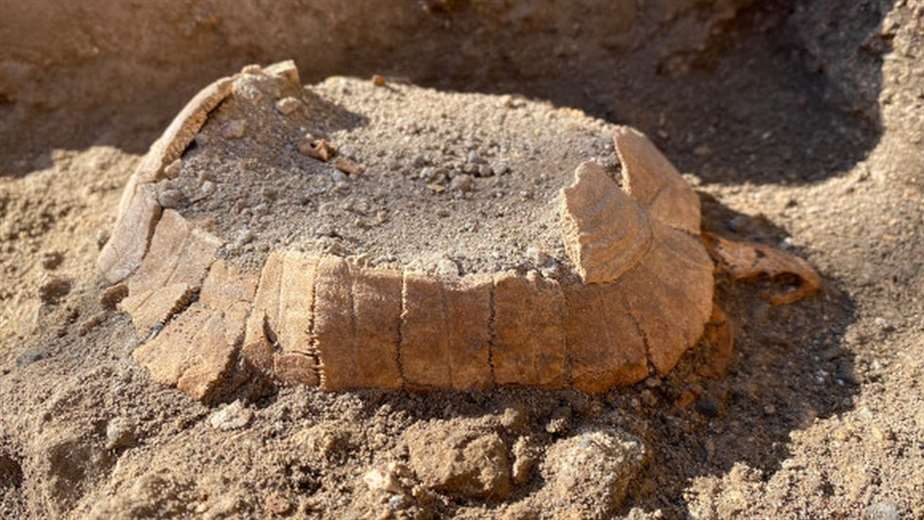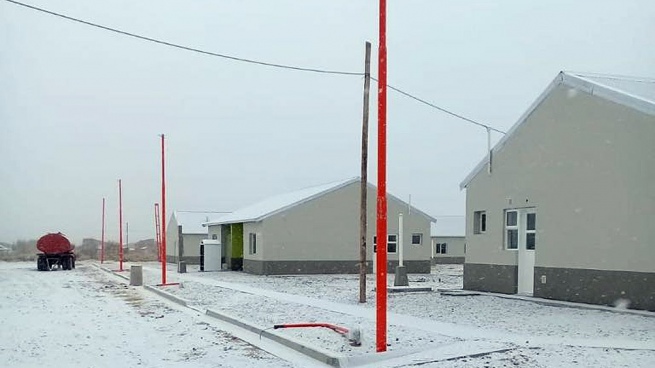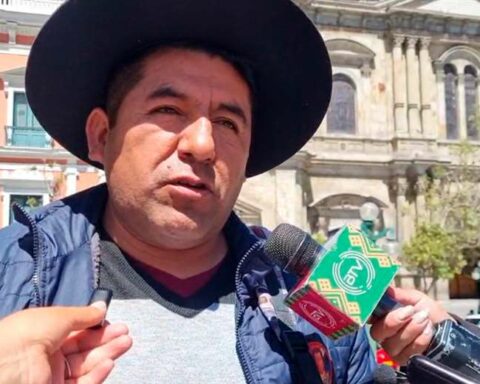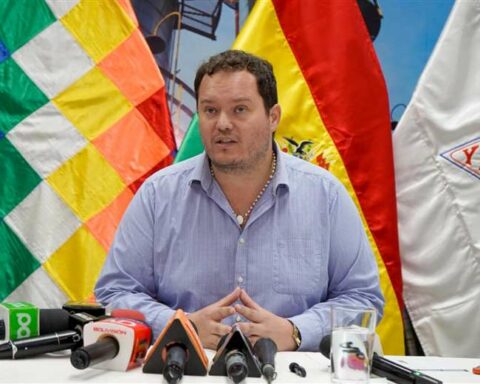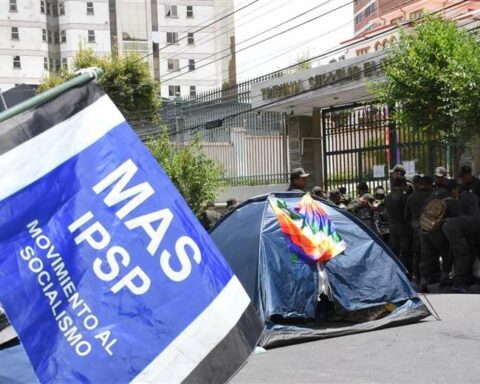When Mount Vesuvius erupted nearly 2,000 years ago, the ash petrified the residents of the city of Pompeii.
And it didn’t just happen to humans, flora and fauna were also covered by a thick layer of ash and debris, including a pregnant turtle.
Archaeologists working in Pompeii found the remains of the reptile buried under rockswhere it had lain undiscovered since AD 79
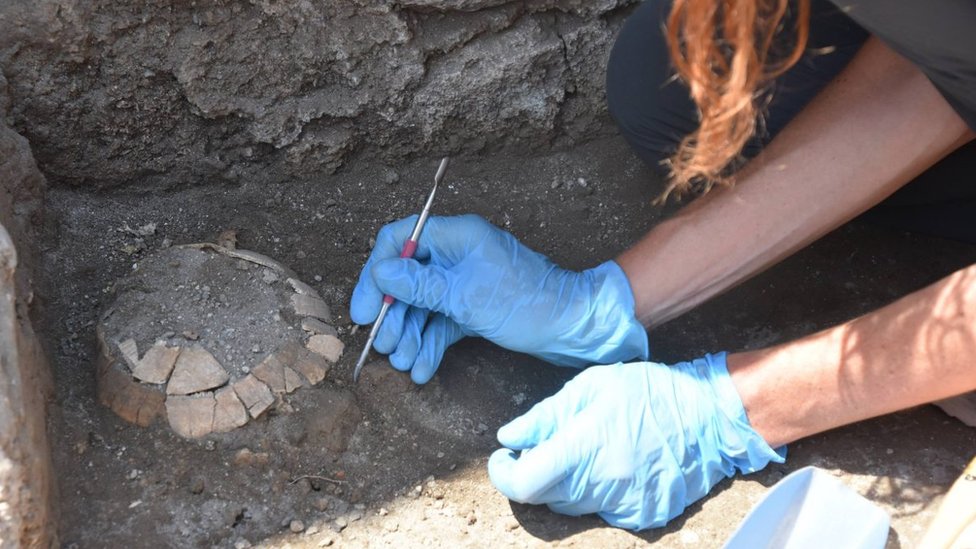
The tortoise was sheltered under a ruined building when the eruption occurred.
The researchers found the remains while excavating an area of the city that its former inhabitants had been rebuilding after a earthquake devastated Pompeii in AD 62, 17 years before the eruption of Vesuvius.
The 14 cm tortoise had gotten into a small underground lair under a store destroyed in that earthquake.
Experts say the fact that he came across an egg suggests that he died while searching for a peaceful place to lay their young.
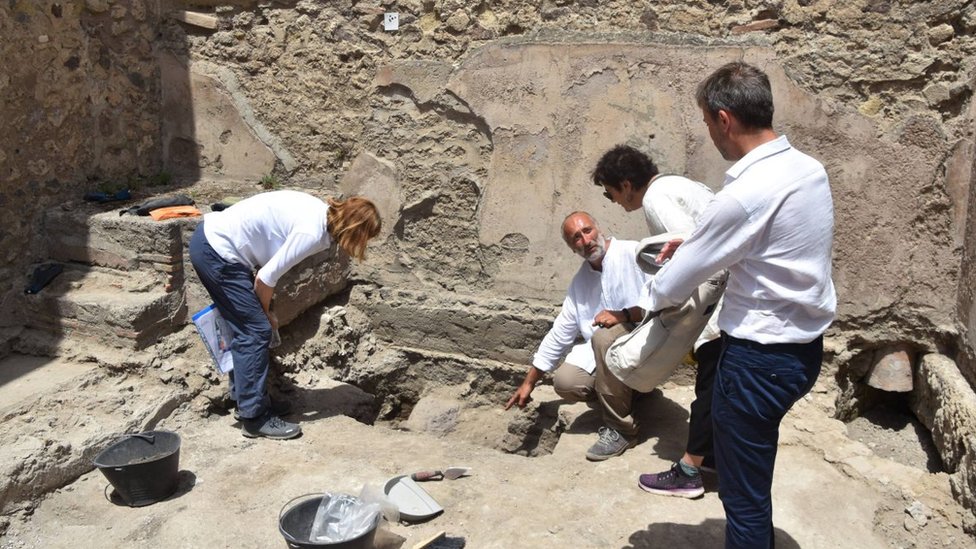
Mark Robinson, an Oxford University archaeologist who discovered the remains of another tortoise at a nearby site in Pompeii in 2002, told the BBC there are two explanations for how the reptile got there.
“One is that it is outside a pet turtle who possibly escaped and headed for the ruins of the big earthquake,” Robinson said.
Another more likely possibility is that it was a field turtle who roamed the ancient city, explains the expert.

“Pompeii was substantially destroyed and could not be fully rebuilt after the earthquake. The flora and fauna of the surrounding countryside had been moved to the city“.
Experts say the tortoise find illustrates the richness of the natural ecosystem of Pompeii in the post-earthquake period.
“The whole city was a construction site and some spaces were so unemployed that wild animals could roam, enter and try to lay their eggs,” said Gabriel Zuchtriegel, director general of the Pompeii Archaeological Park.

Joonas Vanhala, a Finnish Pompeii visitor who was passing through the site at the time of the discovery, described what he saw to the BBC as “spectacular”.
“They had just removed the shell from the animal, so what you saw was skeleton and eggVanhala said. “It was a light, sandy brown color.”
“If they hadn’t told me, I wouldn’t have recognized that that was an egg.”
Now you can receive notifications from BBC World. Download the new version of our app and activate it so you don’t miss out on our best content.

